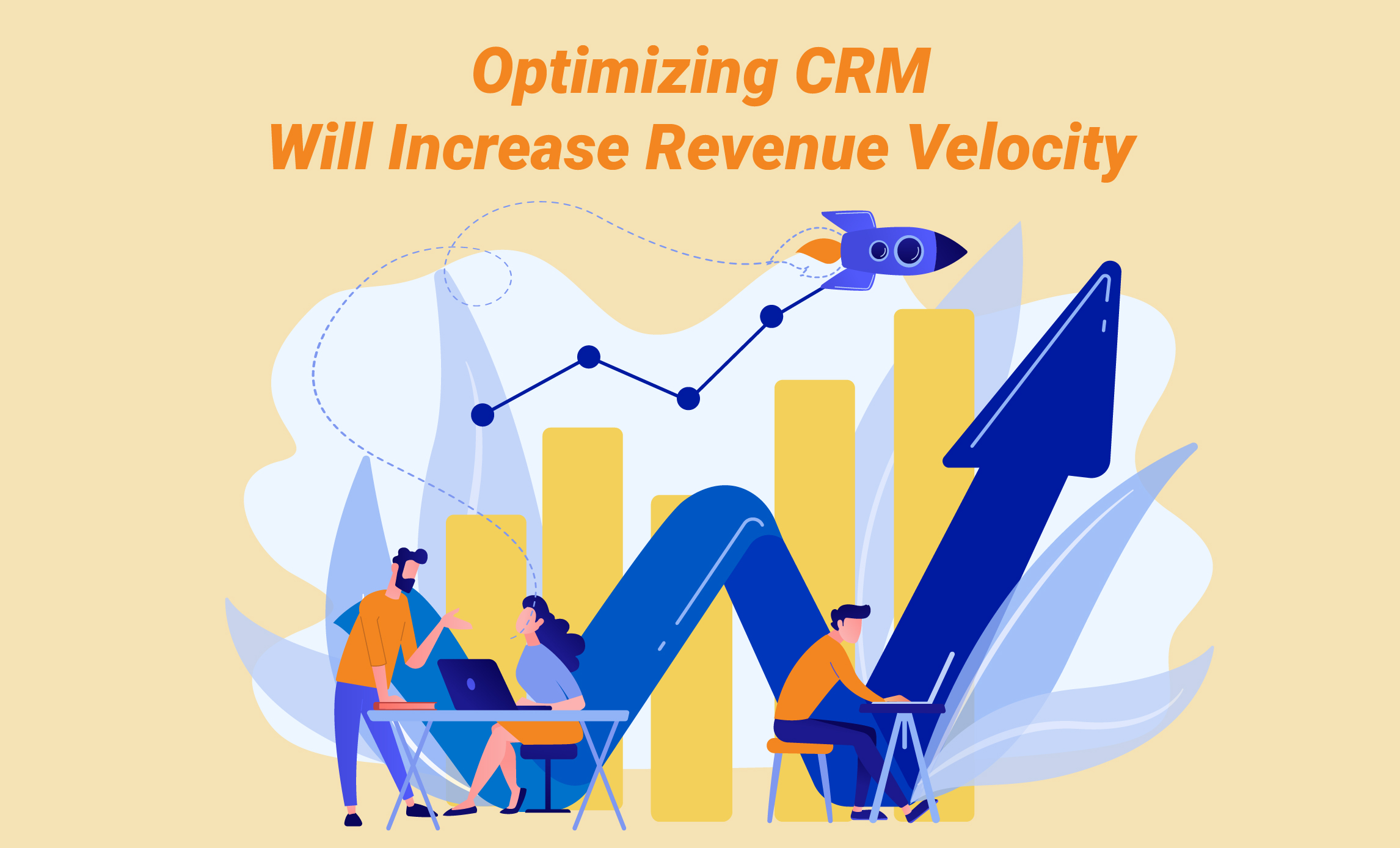THE nuances between different types of software platforms are extensive, and one of the more interesting things about CRM has been the ferocious pace of innovation. When I first began working in the industry, behemoth applications like Siebel’s contained everything under the sun. The newer systems were focused on lead management, opportunity management, or customer service. Today we have evolved back to ecosystems, where players like Salesforce, Microsoft, and others have become complete business platforms, encompassing much more than CRM.
In a thought leadership piece for SAP a few years ago, I discussed how businesses that were focused on platforms would be much more likely to accelerate growth and achieve strategic goals than those trying to piece together different types of point solutions. The market has spoken, and a considerable amount of consolidation within the CRM industry has brought us to these extremely robust solutions. The best companies have figured out that planning, road-mapping, and constantly realigning their approach to platforms will surface business value.
We have seen CRM’s evolution accelerate recently because of how COVID-19 strained operations while requiring increased collaboration amid a remote workplace. One of my favorite quotes about the urgency of optimizing your technology investments came from Salesforce’s Marc Benioff at Davos in 2016: “Speed is the new currency of business.” He couldn’t have been more correct.
When it comes to CRM, I use the word “optimize” in relation to revenue velocity. The metaphor I would use is Formula 1 racing. The pit crew is the operational team that supports your technology stack, and the drivers of the car are your senior executives. The dashboard is your analytics solution, and your revenue velocity is what determines whether you win the race.
Let’s take a look at some of the key factors that are in play as you think about and evolve your CRM initiative.
RADAR ON THE BUSINESS
Most organizations hold some type of strategic planning session annually that defines how their teams will go about achieving their business objectives in the coming year. The biggest challenge is to synthesize these broad objectives into a tactical plan, one that has to be prioritized and validated by executives, much the way an air traffic controller will line up planes for takeoff.
AGILE, AGILE, AGILE
Because business conditions are constantly changing, the alignment of the planes on the runway will usually need to shift. There could be new entrants into the market, the economy might be shifting, or we might see things like supply chain issues that have plagued many recently. Unfortunately, we don’t have the luxury of waiting for the next offsite meeting to adjust. Having frequent evaluations and adjusting accordingly is a key tenet of agility and why it has been very successful.
ANALYTICS IS EVERYTHING
Analytics and artificial intelligence (AI) can be game changers, and the beauty of these technologies is that they are often part of our CRM platforms. To revisit the Formula 1 metaphor, they can illuminate everything that impacts our race car. We have more data than we could ever consume, and these capabilities simplify visualizing the information needed to accelerate business execution. AI lets the race car learn from itself and help the pit crew and driver.
RELY ON YOUR VENDORS
When you are in the race you are not competing against a clock. You are competing against a field of players that are using much of the same technology you are. The vendors not only are innovating but also are working with most of your competitors. They nevertheless can be one of your most trusted advisers. Sure, they’re there to sell software, but remember that when you win they win, and the winning will fund more investments in their platform.
As you proceed through your CRM journey, you must focus on more than the strategy and tactics of winning new business. The speed at which you win, your revenue velocity, will have many ramifications on your results and operations. Imagine a world where you know you have an overpowered race car and your sales teams can enter as many races as they want. When you increase your revenue velocity, you can effectively add head count to your revenue generation machine.
Danny Estrada is senior director, sales platforms, at KPMG and has spent more than 25 years helping organizations implement and adopt CRM platforms. Throughout his career, he has been an author and thought leader on adoption, as well as a speaker for many industry leaders like Salesforce and Microsoft. His experience includes leading a CRM consulting practice and serving as a management consultant across hundreds of CRM implementations. Estrada also holds an executive MBA from the W.P. Carey School of Business at Arizona State University.
The following Danny Estrada from 2022 provides their research perspective. HERE
